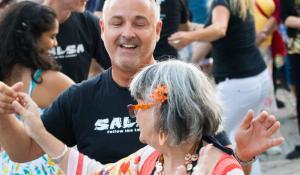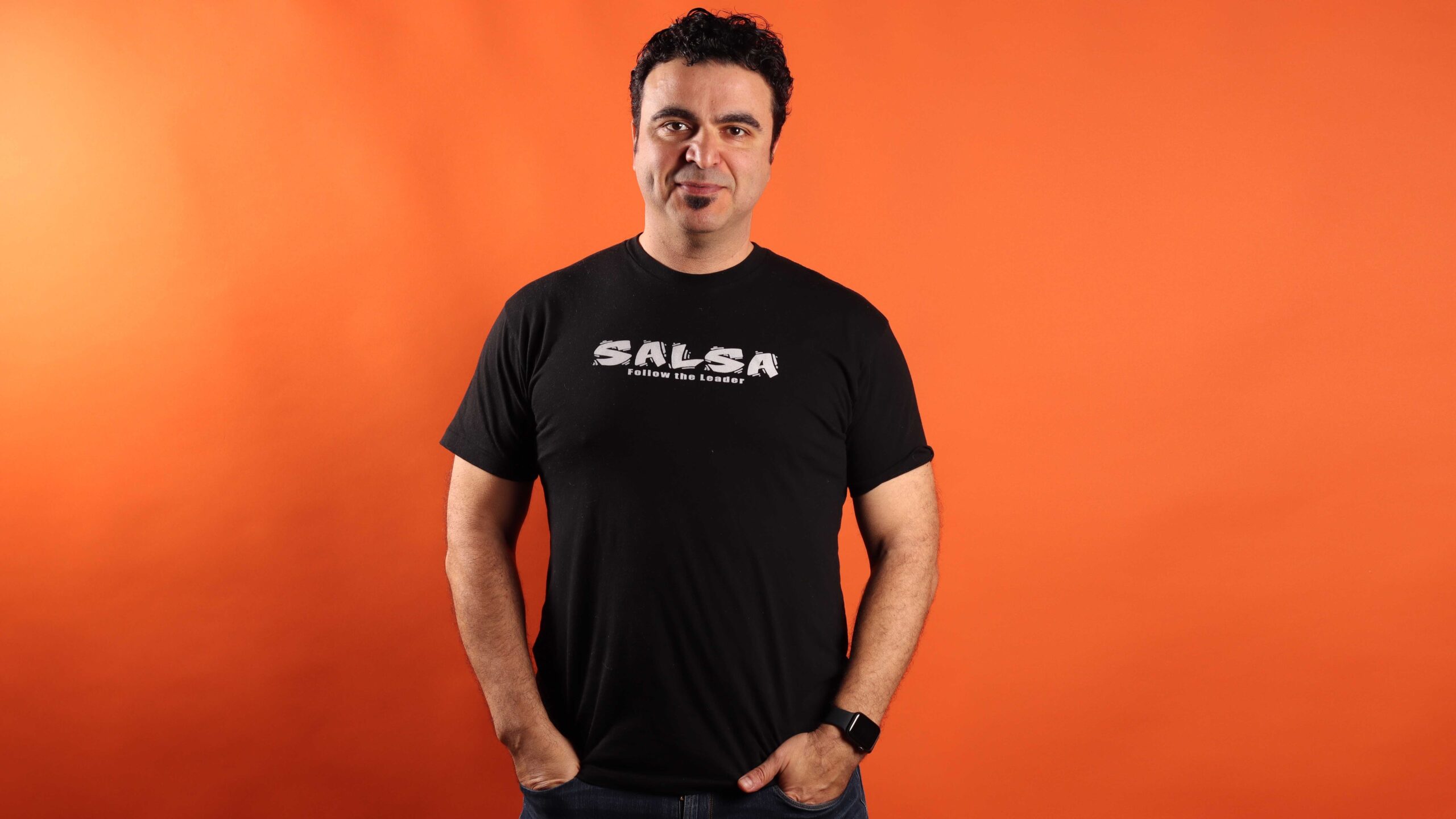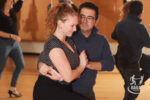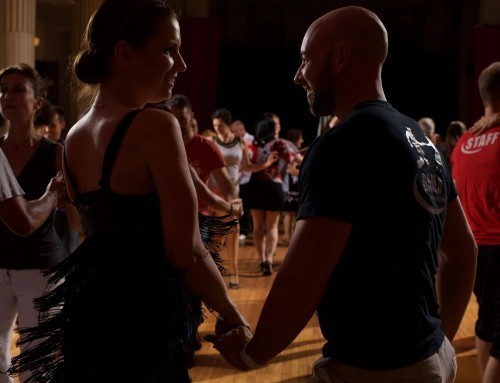Salsa Dancing Body Language
I thought it would be fun to go over some of the things we learn in dance class. Beyond teaching our feet to move to the beat of the music, there are other important lessons to be learned including body language.
What is body language?
It is an expression of a feeling, a desire, or even repulsion with our body. People rely on reading physical expressions every day. A smile conveys friendliness. An eye roll indicates when someone is perhaps not quite as receptive as they could be. Crossed arms are a sign that a person is closed off, and so on and so forth. But in social dance, body language is taken to a new level. Not only is your body communicating with the rhythm of the music and your surroundings, but it is also engaged in a kind of physical conversation with your partner. It is important to be sensitive to your partner’s cues, and to react with courtesy to ensure that everyone is having a good time.
Dancing with a partner involves hand holding and touching. This is not the time to practice your death grip. If you feel your partner trying to shake your hand away, or spreading fingers apart to create distance, there is a good chance you are crushing their hands. This is a faux pas for a couple of reasons, including your partner’s comfort and the fact that you are inhibiting the ability to move freely. No need to twist your partner’s arm off while crushing their hand.
When dancing, it is also important to respect the other person’s “bubble”. If you find yourself dancing with a space invader, a back off message is easily communicated by pressing your hand firmly into the front of your partner’s shoulder. If you are on the receiving end of the push back, please do respect your partner’s space. Relax your grip, and let your partner determine his or her comfort zone. Also, don’t be shy to establish your own boundaries if someone is making you uncomfortable. In crowded areas, dancing closer can be necessity in the name of safety; however, it should always be respectful.
Quitting time.
If your partner seems to want to keep dancing at the end of a song, and you are not feeling it, just thank the person for the dance, give a shake of the hand and excuse yourself. No explanation necessary. It’s also equally acceptable to ask the person if they wish to continue! Cue Rihanna….“Please don’t stop the music!”
Dips are not for everyone.
If you attempt a dip with your partner, and their response is to tense up or grip your shoulders, it is very likely they are uncomfortable with the idea. Just don’t do it. Also, if someone tries to dip you, and you don’t want to, just don’t do it. C’est tout. Dips should be done by consenting partners, and should keep safety in mind. It is easy to get lost in the momentum, and it’s all fun and games until someone throws their back out, or comes crashing onto the floor. Keep it under control and no one gets hurt.
To shine or not to shine…that is the question?
Footwork is fun. It’s a great way to change up the dance and show off some hot moves. But if your partner is just doing a basic step while you are channeling your inner Fred Astaire/Ginger Rogers, it’s a good idea to wrap it up quickly and get back to your partner. No one wants to feel like they are just a dance pole or accessory to someone else’s solo act.
Eye contact is the key to balance.
I’ll say it again. Eye contact is the key to balance. Sometimes it feels uncomfortable and disarming to lock eyes with your partner, and if that is the case for you, simply find a feature on their face that you can remember to spot, and use that as your guide for spatial awareness. In between the eyes, the nose, or any other facial feature can work. Once you get comfortable with that, see if you can graduate to eye contact. It’s a great way to connect with your partner, and build on that body language I’ve been rambling on about.
This one is for the men.
Guys, if you are dancing with a woman, and she suddenly tenses up, it’s possible that you are using the aforementioned death grip, or your lead is too strong for her. Loosen up a little. Conversely, if she is not following your lead at all, it’s possible that she needs a stronger lead. It’s all about balance and reading your partner’s physical cues.
To sum it all up, as you navigate the dance floors of life, it is always important to establish a connection with your partner, be sensitive to their signals, respect their limitations, be courteous, and have fun.















Leave A Comment